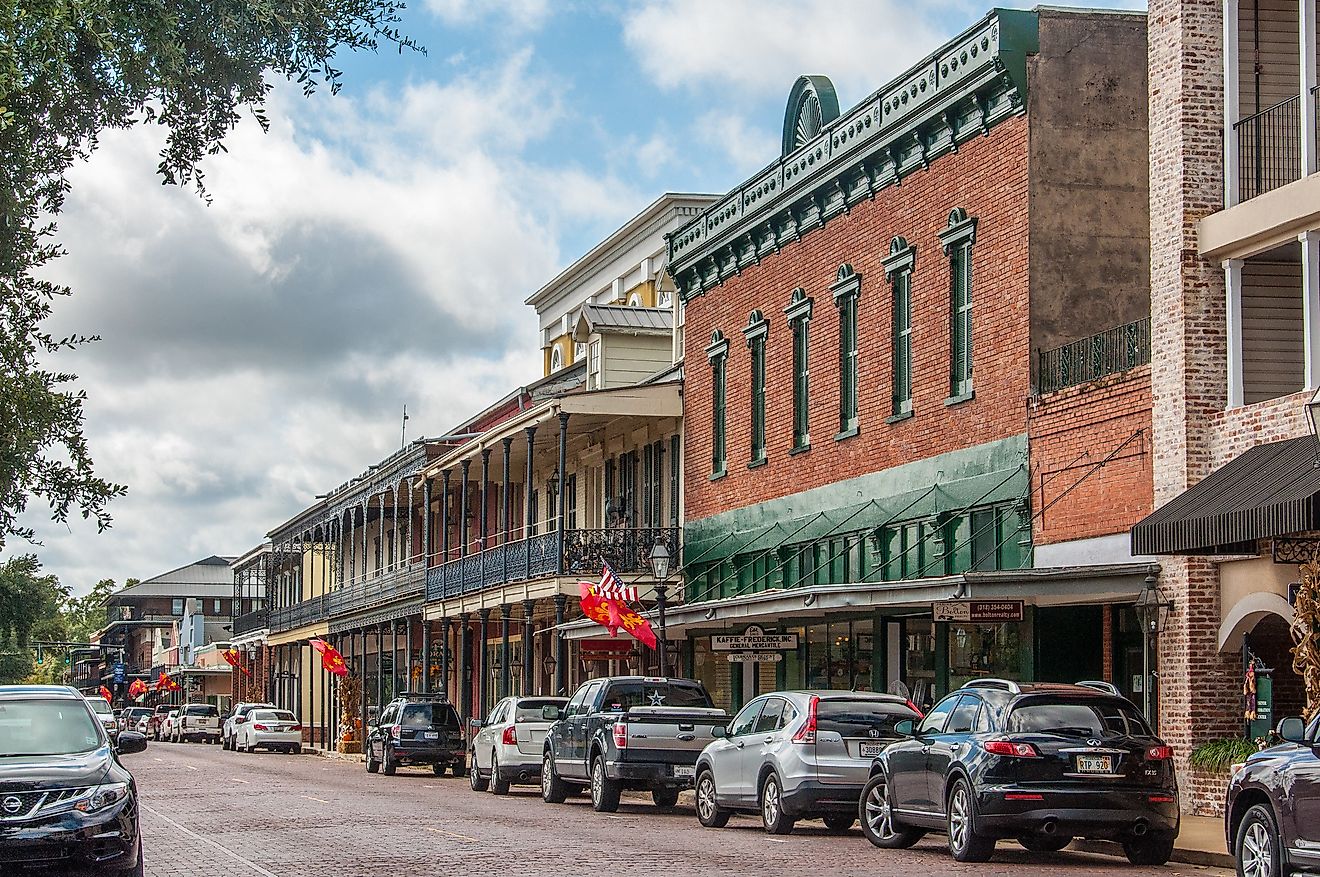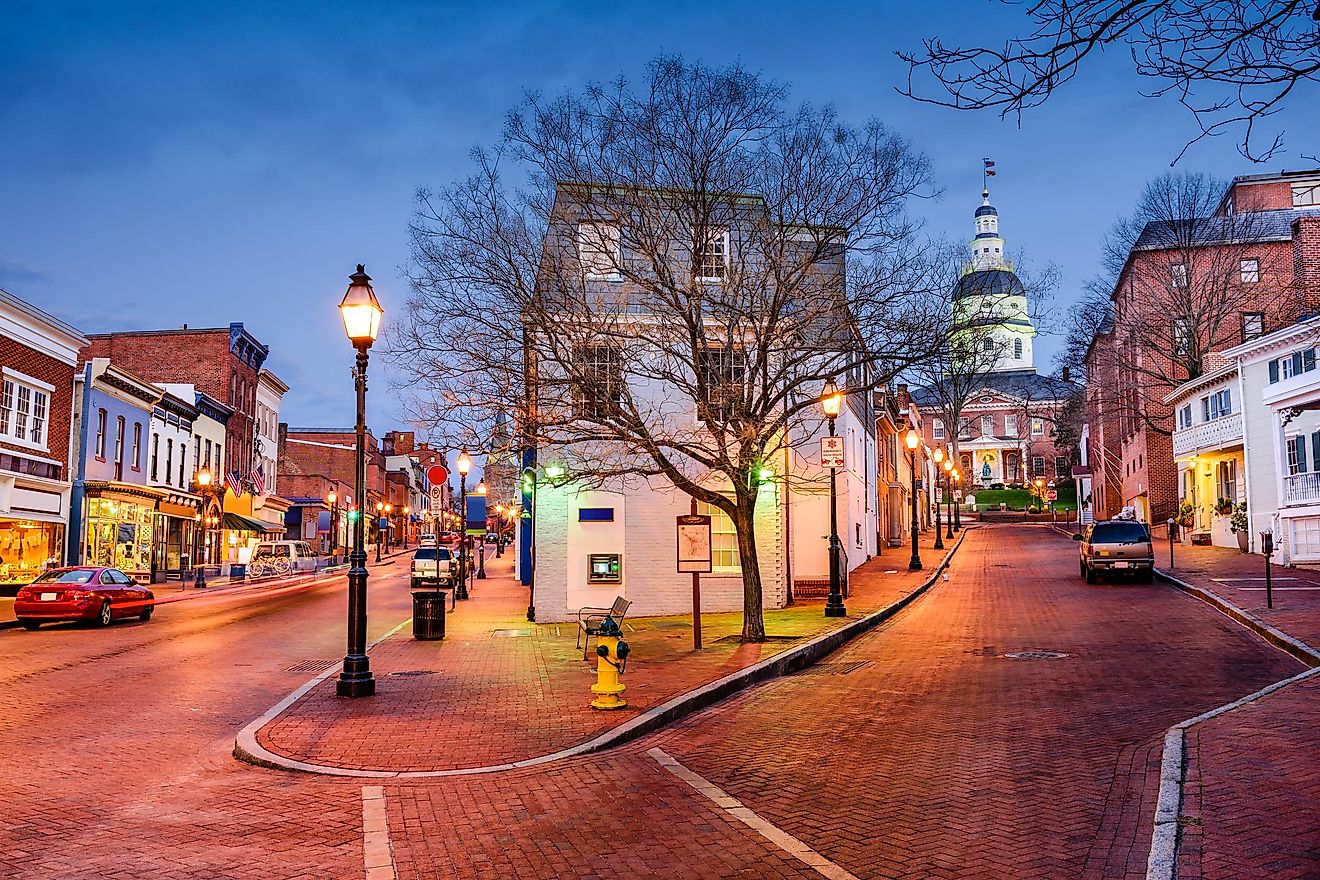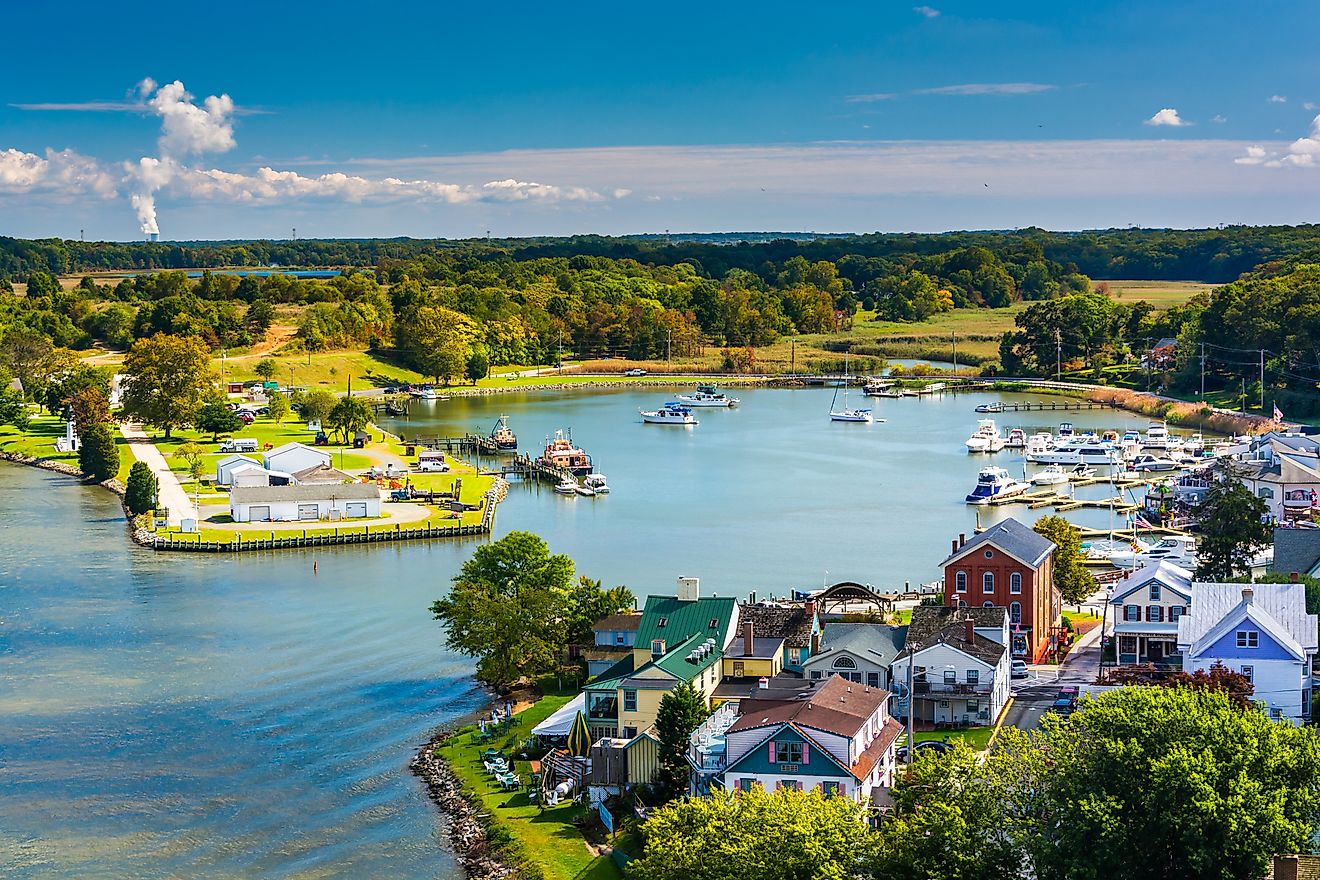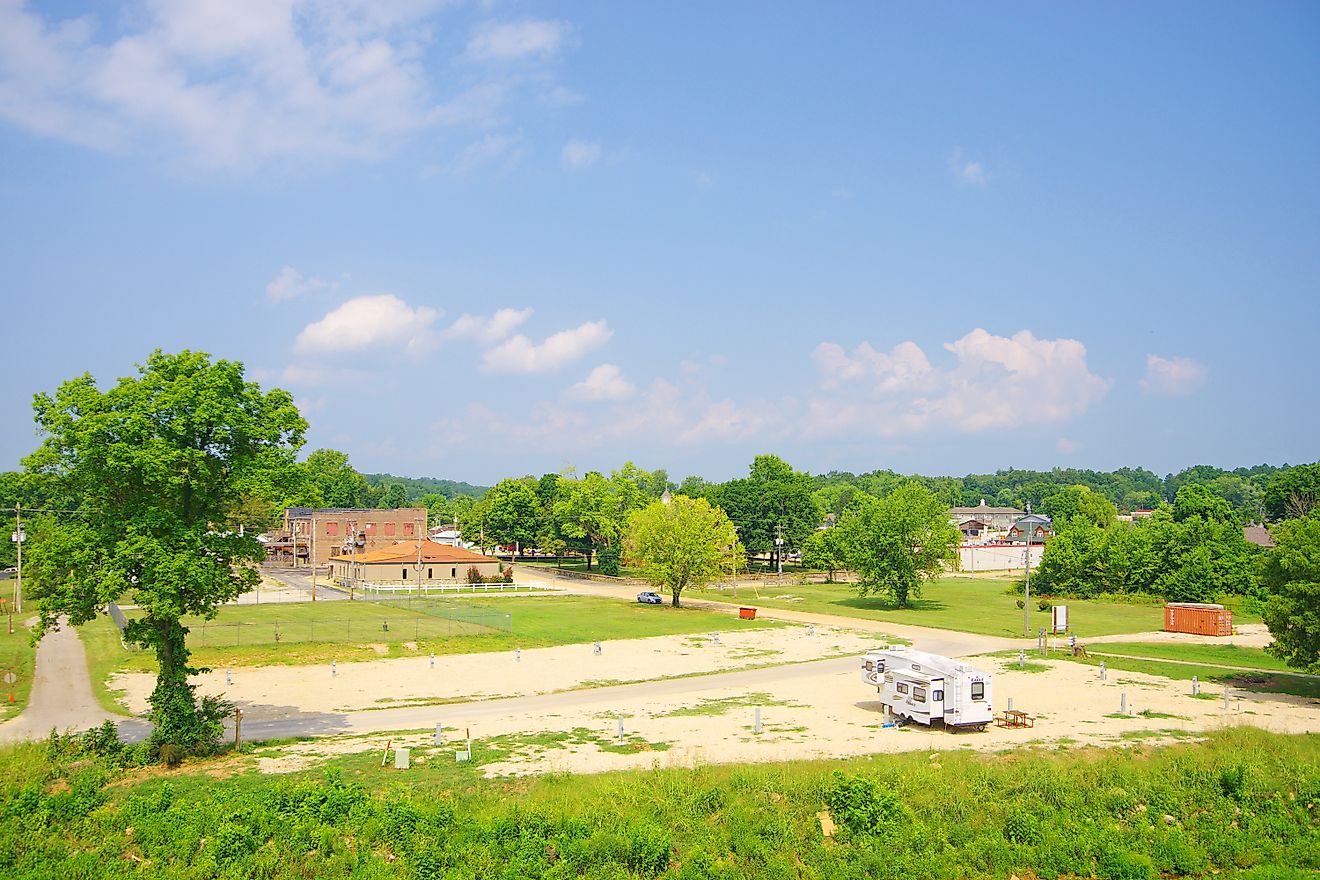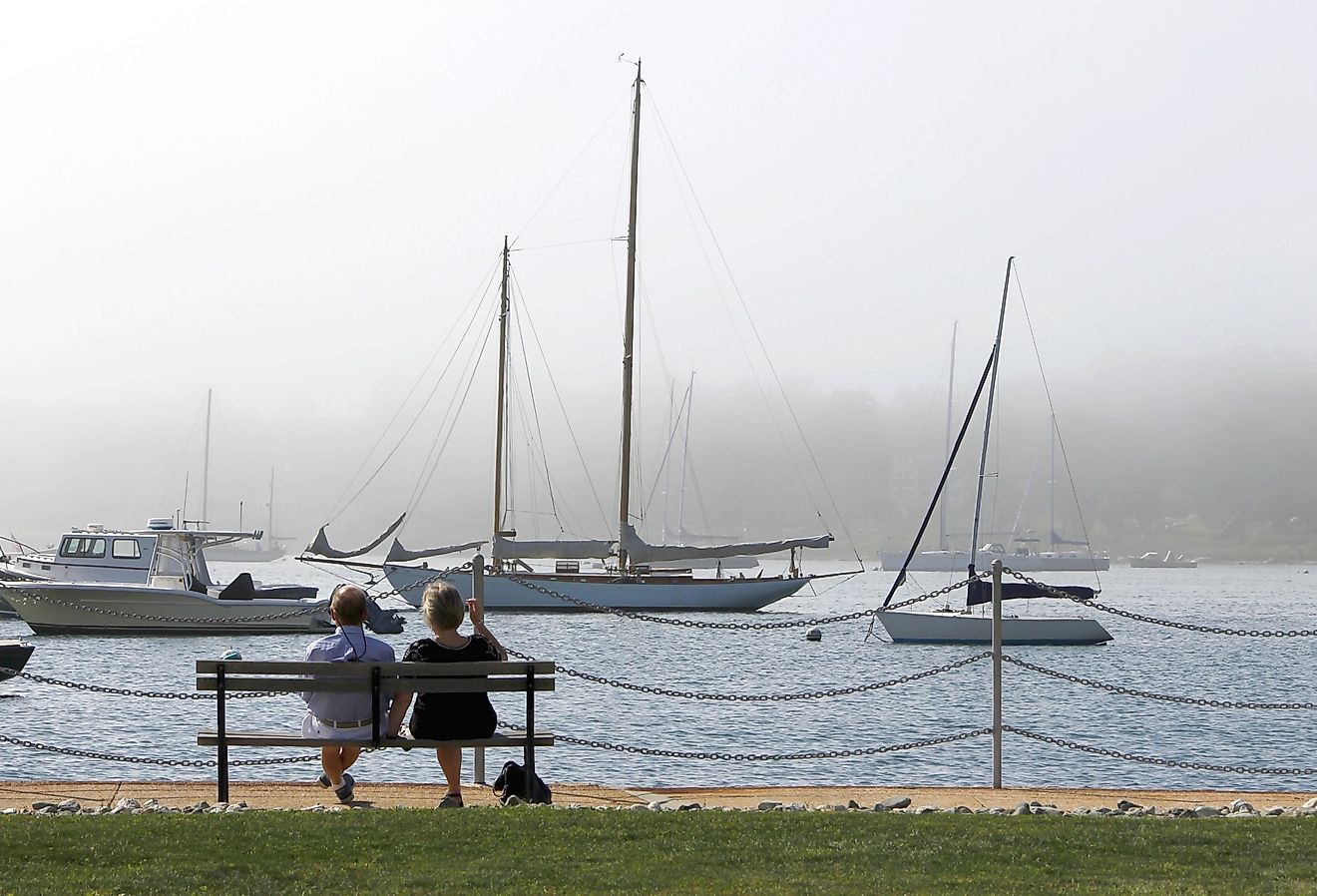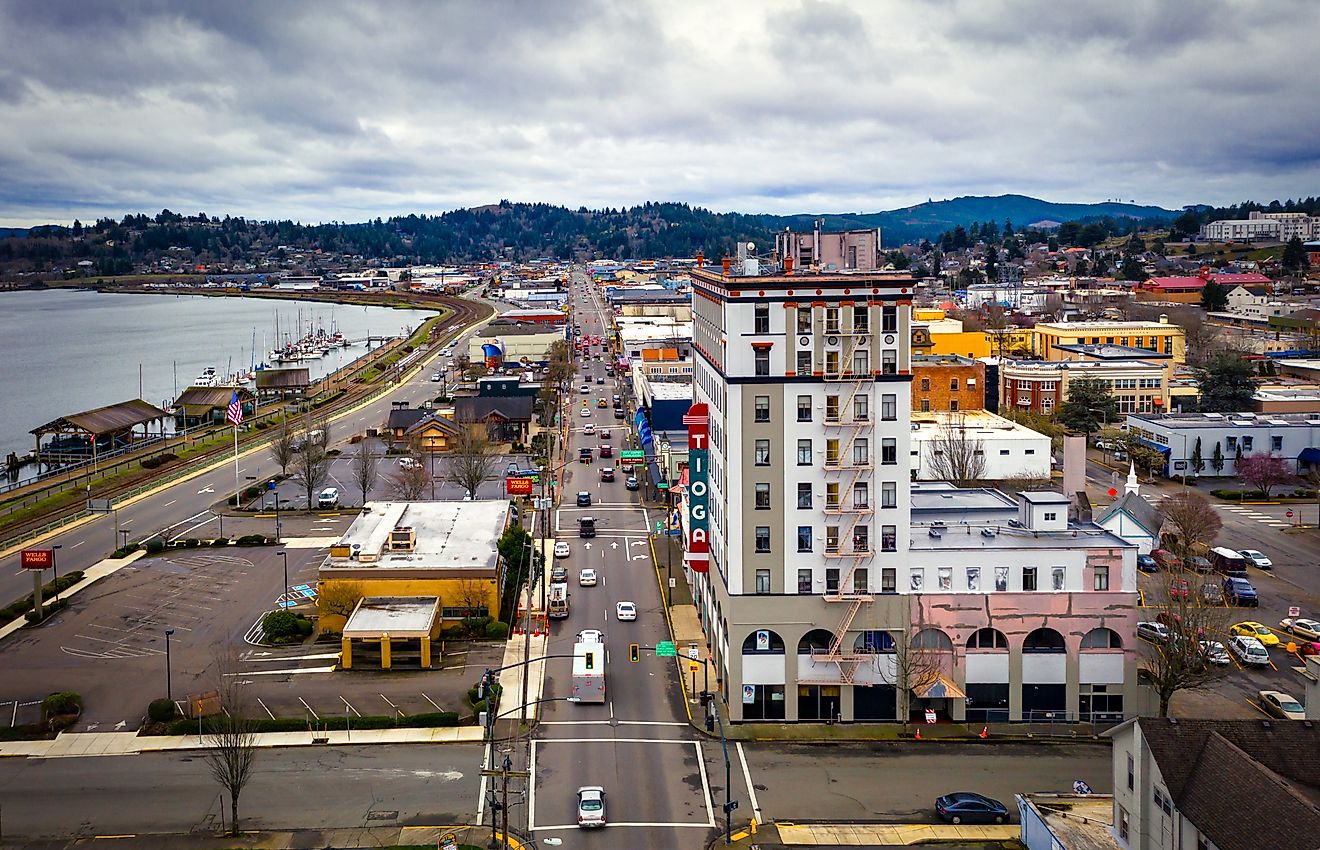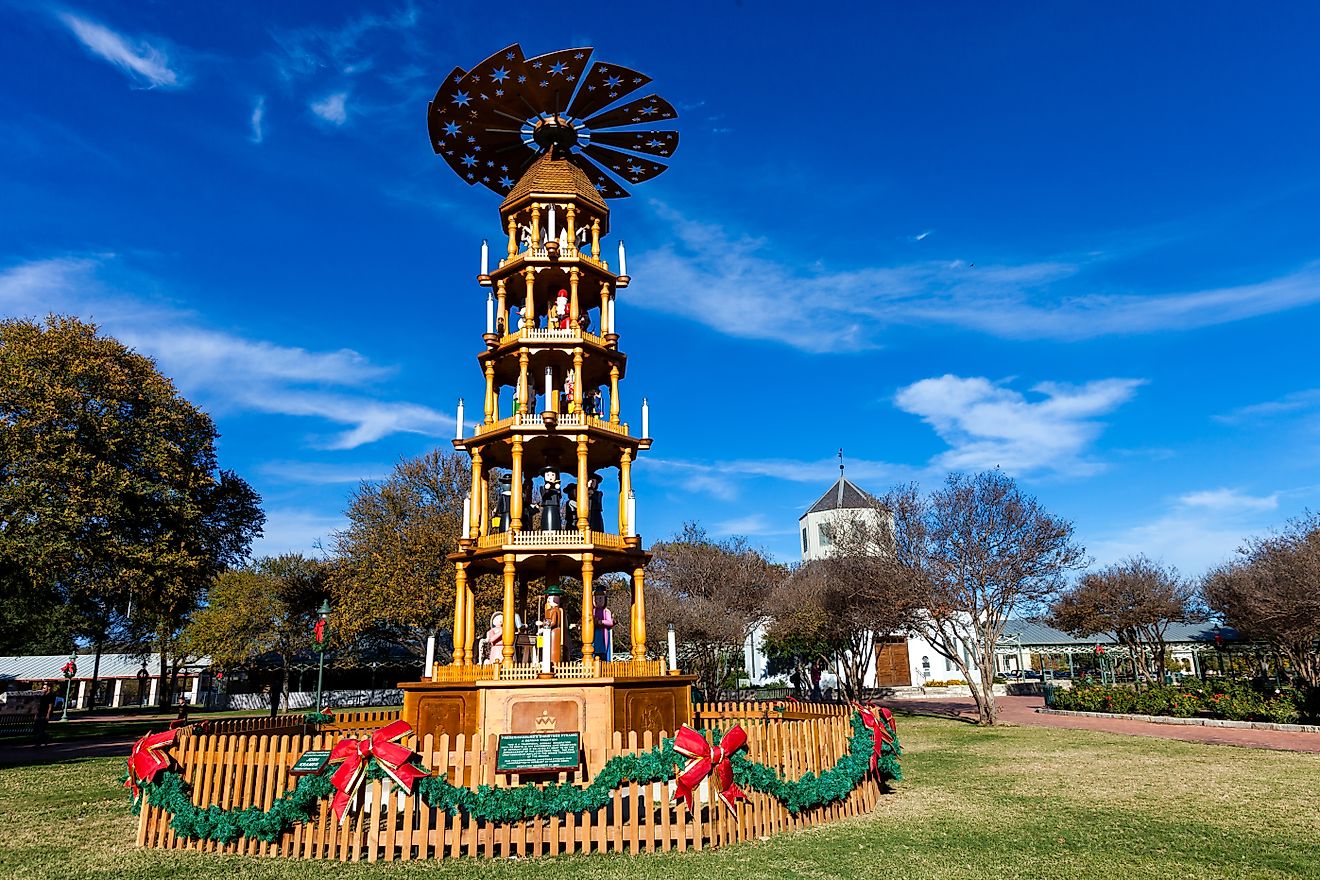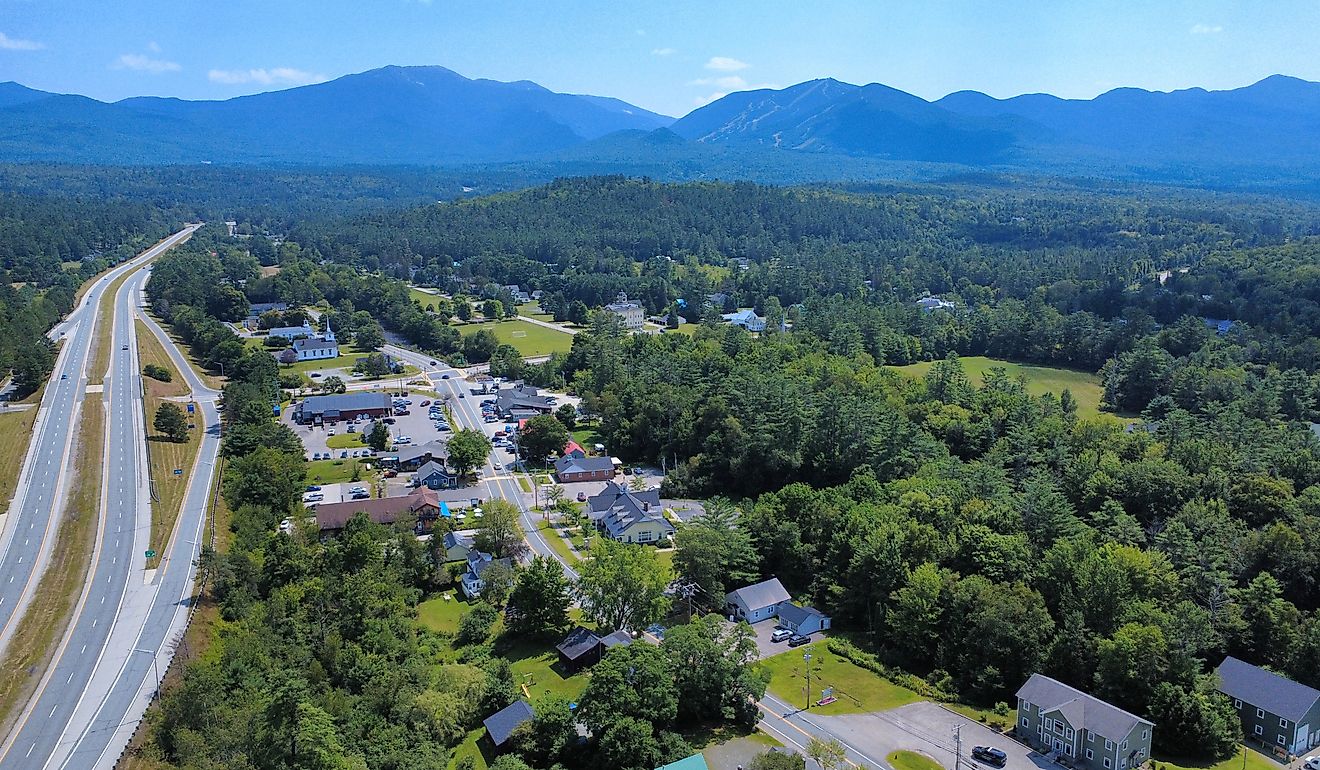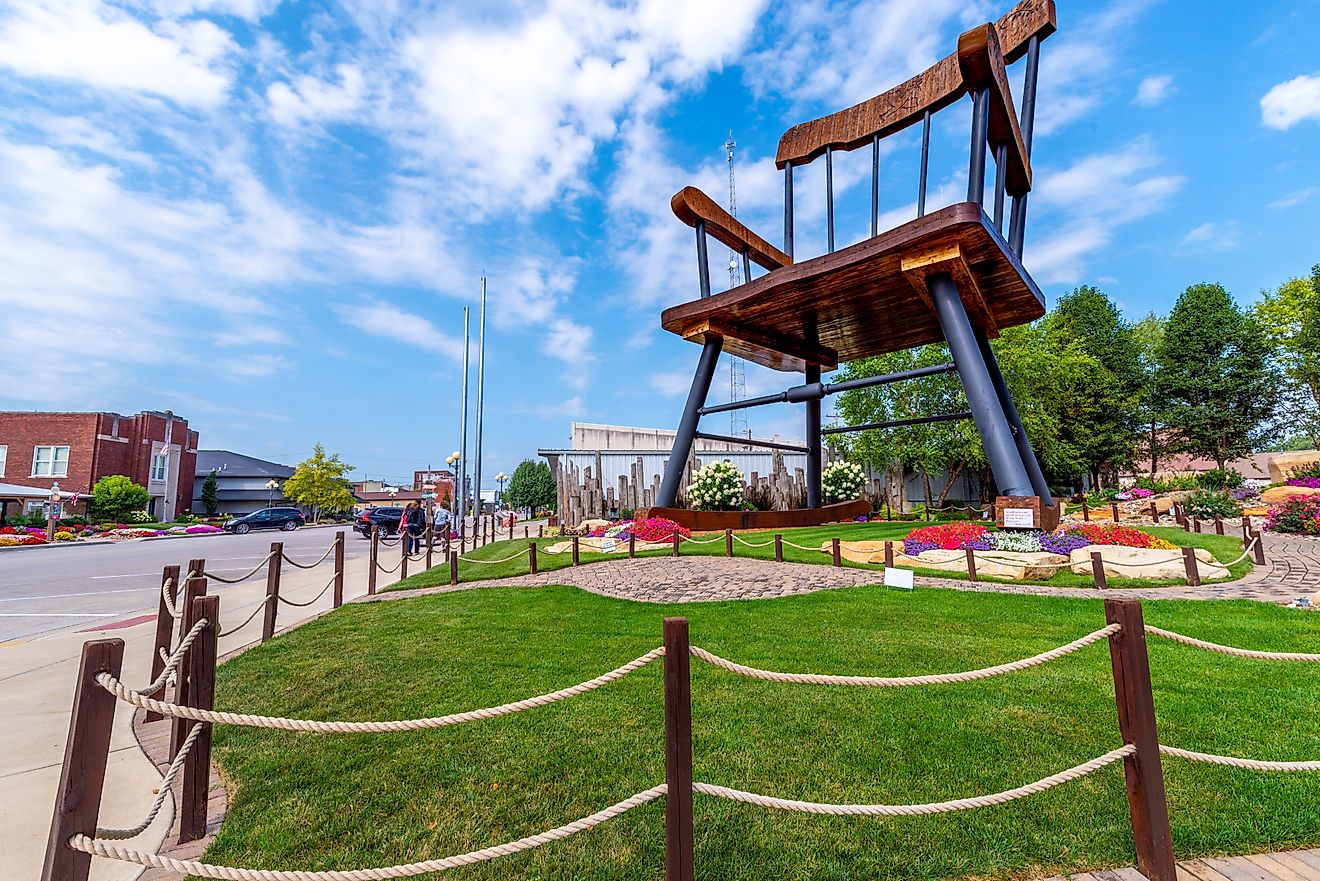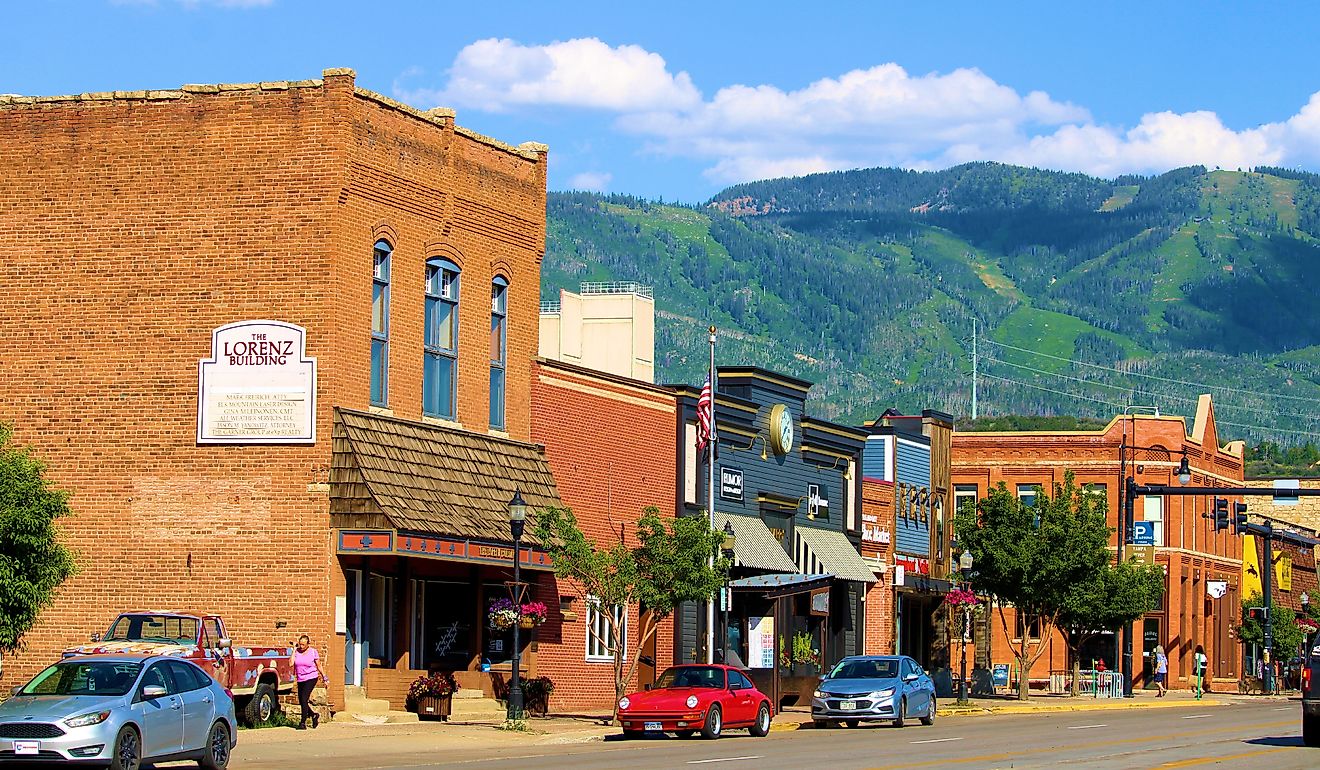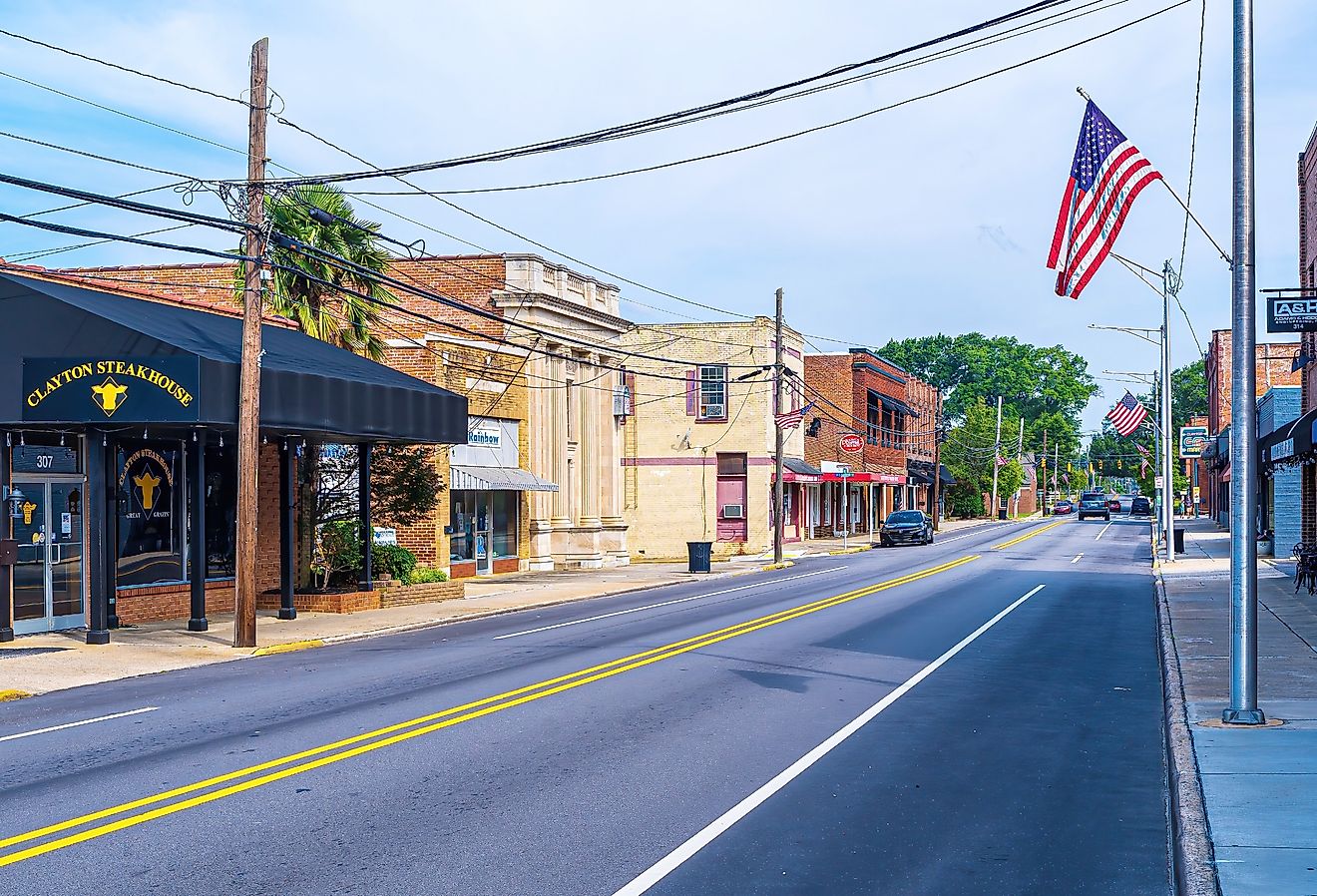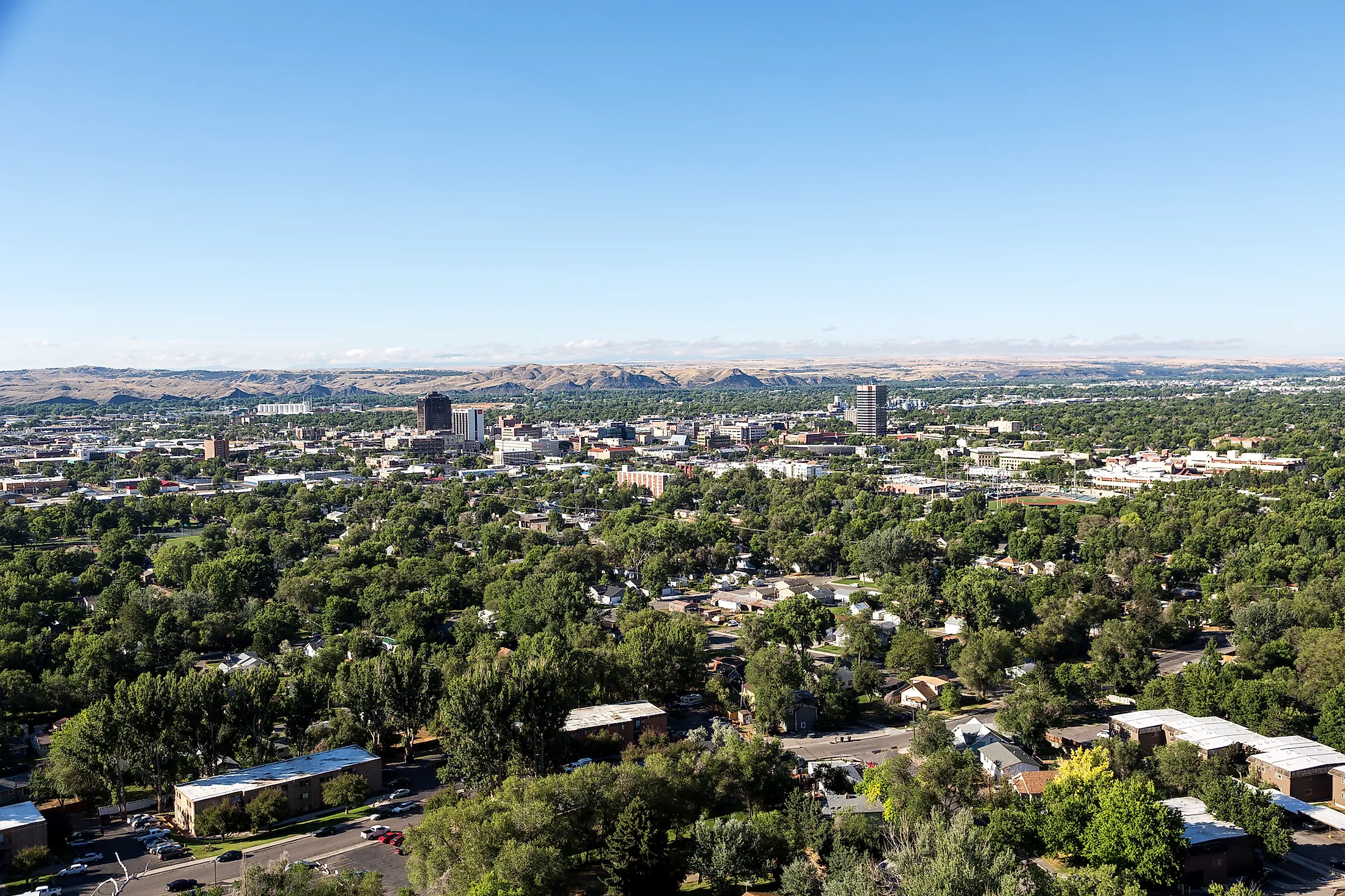
Billings, Montana
Billings Montana is commonly called the 'Magic City' in reference to the almost supernatural rate at which the city grew after its official founding in 1882. It is now the largest city in all of Montana. The town's location was selected for the convenient consolidation of the two land deeds granted to the Northern Pacific Railroad Company – Billings was erected where these township deeds paralleled one another instead of touching, effectively conjoining the divided land. Under an hour outside of Billings lies Beartooth highway, constructed in 1936 and the highest elevation paved highway in the Northern Rocky Mountains. From Billings, the Beartooth leads all the way to Yellowstone National Park and is believed to be one of the most scenic drives in all of America. From culture to climate, the following article will provide an overview of the city of Billings, Montana.
Geography And Climate Of Billings
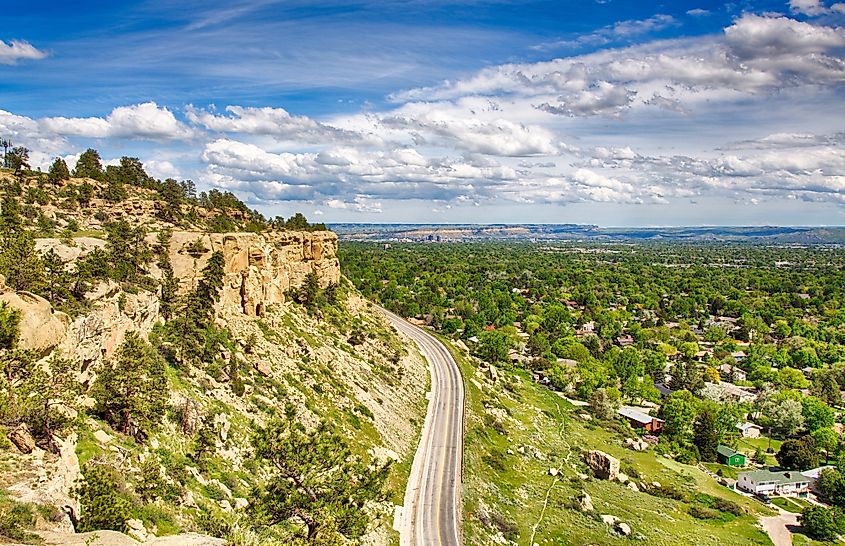
As per the results of a 2020 census, the city of Billings has a population of 109,976 people and spans 45 miles. Billings is nestled among the mountains of southern Montana and is therefore somewhat sheltered from the weather fronts that blow in from the west off the Pacific Ocean. Nevertheless, blizzard conditions are fairly typical for Billings in the spring and fall months, and chinook winds caused by moist ocean air can warm the winter days just as easily as they can cool summer ones. On the one side of Billings, not lined by mountains, the city is bordered to the east by the Yellowstone River. The region experiences a drastic change in weather throughout the year, with harsh winters, erratic transitional seasons, and dry summers. The Continental Divide, which runs alongside the state's western mountains, makes Montana the only state in America with drainage to all three of the Pacific Ocean, the Gulf of Mexico and Hudson's Bay in Canada.
A Brief History Of Billings
The city of Billings was named for Frederick H. Billings, president of the Northern Pacific Railway. Archaeological evidence indicates that the territory on which Billings was settled had been inhabited by Indigenous North Americans since at least 2600 BCE; the earliest written record of claims to the land came from a cultural group called the Crow Indians. Prior to the founding of Billings in 1882, a small township called Coulson was settled approximately two miles east of where the city now lies. No more than fifty people lived in Coulson by 1880, but the promise of economic expansion associated with the development of the North Pacific Railroad in the next couple of years brought people flooding eagerly to the area. By 1910 there were over 3,000 people residing within Billings, and the town of Coulson gradually dwindled away until being fully absorbed into Billings by the 1930s. When such resources as coal, oil fields, and natural gas were discovered in the state of Montana, the popularity of Billings only grew. Now, three of Montana's four oil refineries are located near Billings, and these are responsible for the majority of the 215,000 barrels of oil that are collected daily in Montana.
Demographics And Economy Of Billings
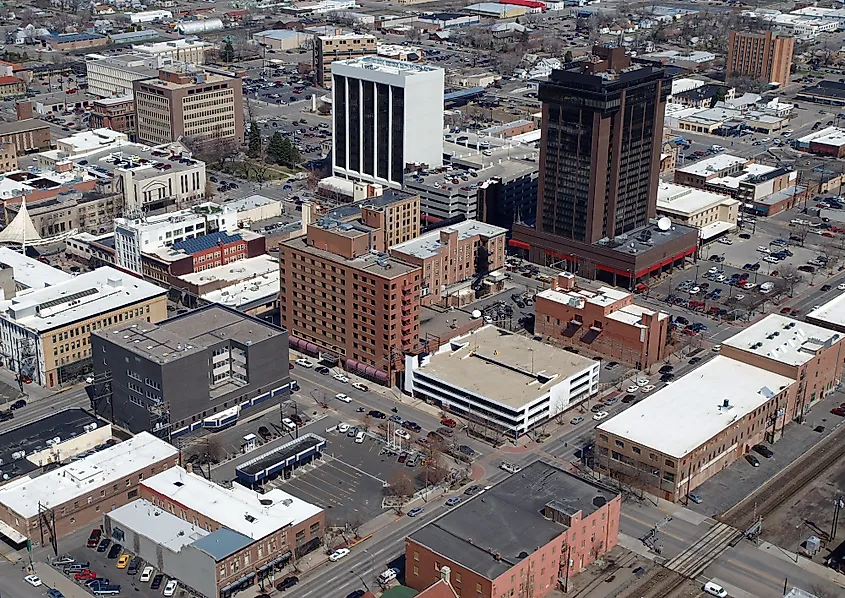
Today, Billings' racial composition is (roughly) 90% white, 4% Native American, 3% mixed race (two or more), 1% black (or African American), and 1% Asian. Some of the most recent population estimates conducted for Billings indicate a 6% increase from previous census results – in other words, Billings has continued to live up to its reputation as the booming 'Magic City.' As for population density, Billings hosts approximately 2,465 people per square mile. The state of Montana remains guilty of both racial and sexual inequality, with white workers earning 1.05x that of other races and males earning 1.4x that of females. As troubling as such numbers are, it must be acknowledged that they are comparatively low compared to the rest of the country's inequality statistics.
The median annual income of people living in Billings is $59,656, which happens to fall about $6,000 below the American average. Although the unemployment rate in Billings is actually 2% lower than that of the United States as a whole (10% rather than 12%), the city's poverty rates are alarmingly skewed based on sex: "the largest demographic living in poverty are Females 25 - 34, followed by Females 18 - 24 and then Females 35 - 44." Furthermore, health care and social assistance are dominant economic sectors in Billings, with considerably more residents working in community/social service, health diagnostics, and support positions than would be expected based on its population density.
Attractions In Billings
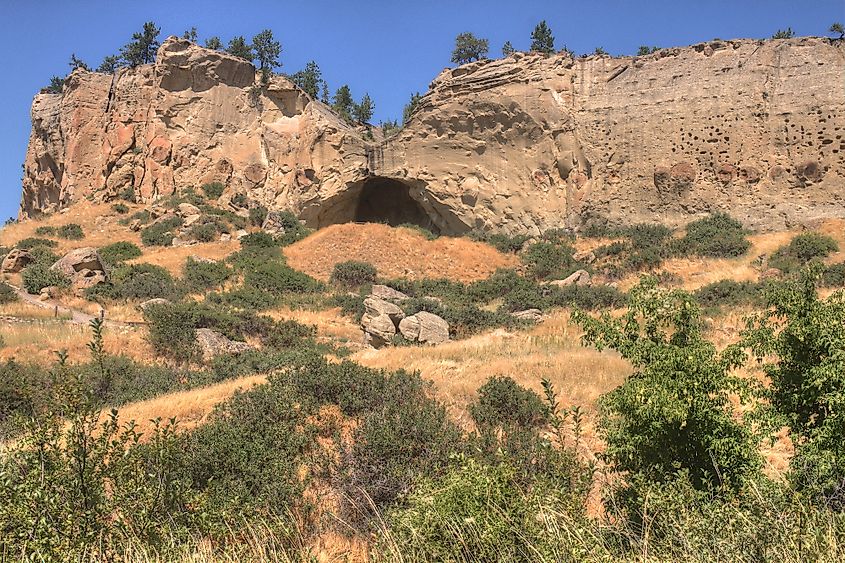
Pictograph State Park, a series of three caves located just five miles outside of Billings, continues to be one of the city's most frequented tourist attractions. The spiritual stomping grounds of Indigenous peoples' past, these caves are covered in the pictographs Indigenous peoples painted upon the rock surfaces as they migrated with the seasons and passed through the area. The historical knowledge that has been gleaned from the study of the numerous artifacts found near these caves and the paint used in the cave drawings makes Pictograph State Park a significant archeological site. The park boasts walking trails, informative displays, and day-use picnic facilities.
Another feature of the landscape surrounding Billings is a span of geological sandstone formations, known to locals as 'The Rimrocks' or simply 'The Rims,' which were formed at least eighty million years ago on what was once the shore of a sea that stretched all the way from the Arctic North to what is now recognized as the Gulf of Mexico. The continual rise and fall of this sea against the shoreline left sandy deposits on the land, and over the course of millions of years, this sediment compressed into the sandstone outcrops that Billings locals now venture to for panoramic hikes and rock-climbing.
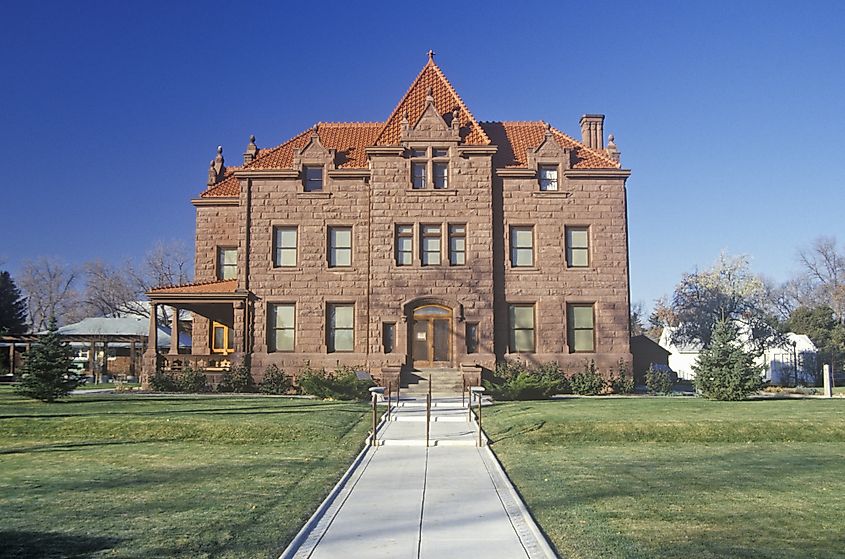
Of particular interest to those tourists who appreciate history and architecture is Moss Mansion, the home famously designed by New York architect Henry Janeway Hardenbergh in 1903 and cataloged in the National Register of Historic Places. Shockingly advanced for the era in which it was built, the home is said to represent the development of culture in Billings. The mansion welcomes visitors for self-paced or guided tours and hosts social events for the community throughout the year. Now used as a museum, the Moss Mansion has previously served as the set for time-piece films Son of the Morning Star and Return to Lonesome Dove.
The magic of the 'Magic City' is characterized by but not limited to the steady population growth Billings has experienced ever since its founding in 1882. Initially noteworthy only as a trading post, the prairies and grasslands surrounding Billings had farmers and cattle ranchers flocking in droves once the railroad was completed and transportation became more manageable. The sudden influx of people to the area meant Billings became a cultural hubbub, with social and literary societies, orchestras, and bands of every variety, as well as more permanent installments made in the interest of communal recreation and entertainment. The unique geographic location of Billings and the unmatched beauty of southern Montana's surrounding landscape continues to enchant visitors, rightfully situating Billings as the cultural heart of the state.
